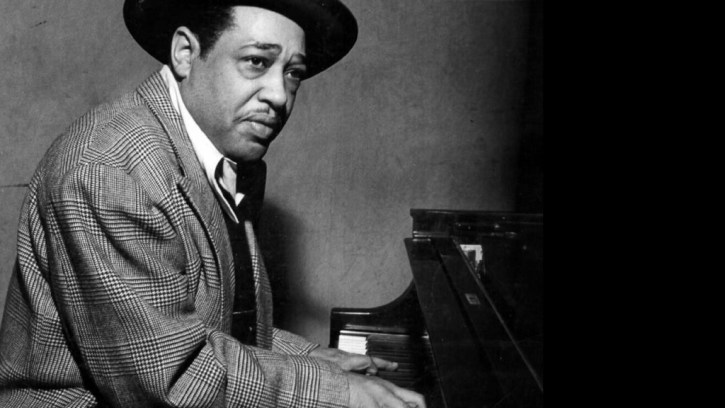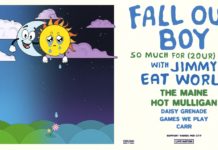On May 18th at The National Jazz Museum in Harlem, Guernsey’s will be presenting a wonderful array of personal belongings from the late, legendary Duke Ellington. Consigned directly by one of Duke’s closest relatives, approximately 250 rarities will be sold at unreserved auction.
Few individuals have had a greater influence on the twentieth century popular culture than Duke Ellington. His remarkable musical legacy combined with an unfailing sense of style have accorded him iconic status. And although such evergreen hits as Take the A Train, It Don’t Mean a Thing (If It Ain’t Got That Swing) and Satin Doll resonate from coast to coast – he was our nation’s Jazz Ambassador endeared the Duke to a global audience.
Imagine bidding on any of two dozen original music manuscripts – written in Duke’s own hand – for titles including Paris Blues, Let the Good Times Roll, and the Ellington classic, Mood Indigo. The word “dapper” might well have been coined when describing Edward Kennedy “Duke” Ellington; this will be well evident when viewing the many dinner jackets, tuxedos and suits in the sale. (Most have Duke’s name discreetly written on the inside of his jacket pockets.) In addition to creating great tunes, Duke also took pride in his paintings. Considered one of his finest efforts, the auction will include his oil on canvas titled, for obvious reasons, “Satin Doll.” Another artistic entry, Duke’s portrait of close friend and collaborator Billy Strayhorn, will have meaning for many, as will the other Strayhorn-related objects in the auction.
Without question, one of the most significant lots in this, or any other music-related auction, will be Duke Ellington’s personal white baby grand piano. (A striking photo of this important instrument on the stage of Harlem’s legendary Apollo Theater is featured in the comprehensive auction catalogue Guernsey’s is producing for the event.) Although it is known that Duke owned two additional pianos, the one in this event (and the only one likely ever to be sold) is the one he used when composing much of his music.
An affiliate of the Smithsonian Museum, the National Jazz Museum in Harlem (58 West 129th Street) is in the heart of the historic community that housed the original Cotton Club where Duke led the Harlem Renaissance.







